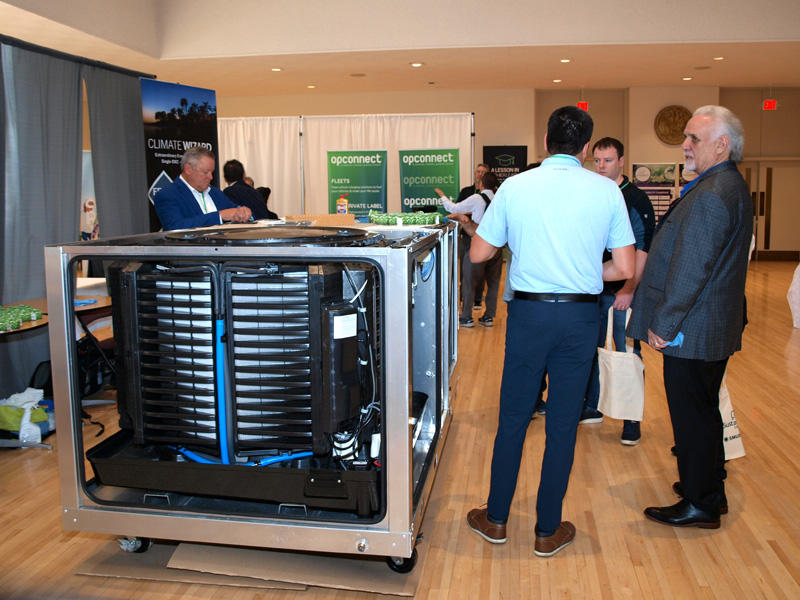California has long been a leader in sustainability, setting ambitious goals for environmental stewardship and public health. Nowhere is this more critical than in the public sector, where schools, colleges, municipal buildings, and state agencies are responsible not only for maintaining infrastructure but also for safeguarding the well-being of millions of people. As the state continues to pursue decarbonization and climate resiliency, implementing technologies that promote indoor air quality (IAQ) has emerged as a top priority.
The Imperative for Healthy Indoor Air
In California, public sector buildings—particularly K-12 schools—serve as essential environments where students, educators, and staff spend a significant portion of their day. Research consistently shows that indoor environmental quality directly impacts cognitive performance, attendance, and overall health. Poor air quality contributes to respiratory conditions, fatigue, and decreased productivity.
California’s Title 24 Building Energy Efficiency Standards and CALGreen building codes now include provisions that emphasize improved IAQ and enhanced ventilation. The COVID-19 pandemic further underscored the importance of healthy air, prompting districts and agencies to reassess their building systems with a focus on health and safety.
Air Quality Technologies: Breathing Easy Indoors
Air quality is one of the most critical determinants of a healthy indoor environment. Technologies aimed at improving IAQ not only help mitigate allergens and pollutants but also reduce the transmission of airborne pathogens.
1. Advanced Filtration Systems: High-efficiency particulate air (HEPA) filters and MERV 13 or higher-rated filters have become standard recommendations for schools and offices. These filters capture fine particles, including dust, pollen, and bacteria.
2. Air Purifiers and UVGI: Portable or integrated air purification units, often equipped with ultraviolet germicidal irradiation (UVGI), help neutralize microorganisms in indoor spaces. UVGI is increasingly being used in HVAC systems to disinfect coils and air streams.
3. Demand-Controlled Ventilation (DCV): DCV systems adjust the volume of outside air based on occupancy levels detected by CO2 sensors. This technology helps balance energy efficiency with optimal ventilation.
4. Indoor Air Quality Monitoring: Real-time IAQ monitors provide actionable data on temperature, humidity, CO2, volatile organic compounds (VOCs), and particulates. These insights help facility managers proactively address air quality issues.
Case Study: Los Angeles Unified School District (LAUSD)
One of the nation’s largest school districts, LAUSD, upgraded HVAC systems with MERV 13 filters, installed air purifiers, and conducted assessments that identified air circulation as a key issue. Post-implementation evaluations revealed improved student alertness and teacher satisfaction, as well as reduced utility costs.
The Role of Policy and Incentives
State and federal programs have played a pivotal role in enabling public sector entities to implement indoor health technologies. In addition to CalSHAPE and ESSER, programs like Prop 39 and the California Energy Commission’s EPIC program have facilitated investments in sustainable infrastructure.
CALGreen’s mandatory and voluntary tiers incentivize the use of low-emission materials and enhanced filtration. The California Department of Public Health offers guidelines to help schools select safer building materials and furnishings.
Building a Healthier Future
As California moves toward its goals of carbon neutrality and environmental justice, improving indoor air quality in public buildings is both a moral and practical imperative. School districts, colleges, and government agencies can create environments that are safe, healthy, and conducive to learning, working, and healing.
By leveraging available funding, adhering to progressive building standards, and embracing proven technologies, California’s public sector continues efforts lead the way in demonstrating how the built environment directly supports public health and educational success.

